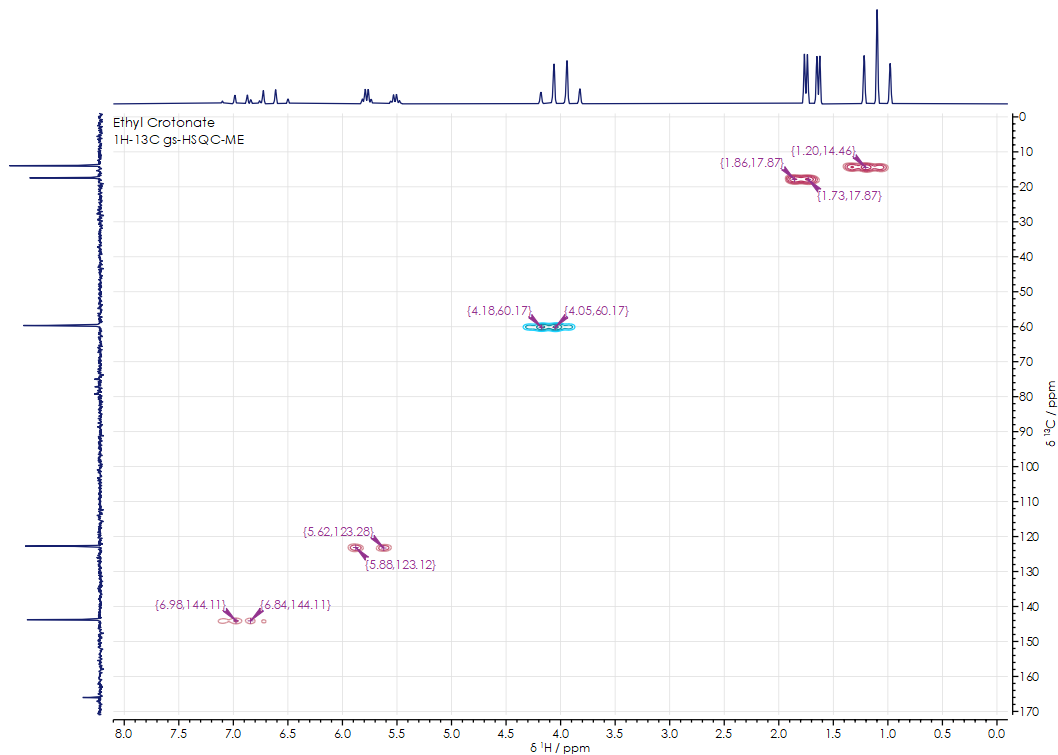Products
Applications
Learning
Nuclear magnetic resonance (NMR) has been a fundamental part of chemistry research since the advent of NMR spectroscopy in the 1970s. The technique provides an incredible level of chemical specificity that has been crucial in driving forward the understanding of molecular structure and chemical processes. Benchtop NMR now allows you to access this incredibly powerful technique in a conventional lab or right next to the reaction you are trying to understand. The X-Pulse benchtop NMR spectrometer delivers a huge range of capabilities to further your research. From high resolution 1H spectra and heteronuclear correlation experiments to determine molecular structure, to the continuous monitoring of reactions to understand reaction dynamics, from broadband multinuclear NMR for in organics to diffusion experiments to understand critical physical properties, benchtop NMR allows you to get key information faster and easier.
NMR goes far beyond proton (¹H) and carbon (¹³C). X-Pulse has a fully tuneable broadband X-channel allowing a wide range of different chemistries to be analysed on the benchtop. For example, you can use phosphorous NMR (³¹P) to understand the production of phosphoramidites, lithium NMR (⁷Li) to understand the fundamental physical properties of battery electrolytes or boron NMR (¹¹B) to understand the role of intermediates in the synthesis of fine chemicals.


One of the most powerful aspects of benchtop NMR is the ability to place your instrument next to your experiment, so you can get instantaneous feedback. If you fit your X-Pulse with a flow cell, you can monitor your reaction while it happens, giving you valuable information on reaction intermediates, reaction rates and the underlying kinetics. You can also determine reaction end points to optimise your processes.
Teaching of basic NMR theory is part of the chemistry undergraduate curriculum throughout the world and analysis of NMR data is a fundamental part of most undergraduate chemistry courses. However, this and in contrast with many other spectroscopic methods, undergraduate students are rarely given the opportunity to operate a spectrometer due to the complexity and cost of the instrumentation. With the advent of the benchtop NMR spectrometer, this has changed. X-Pulse is an affordable, benchtop, cryogen-free NMR spectrometer that offers performance without expensive liquid helium making it suitable for virtually any chemistry laboratory and ideal for teaching NMR to undergraduates.

¹H FID Ethyl crotonate in CDCI3

1H-13C gs-HSQC-ME ethyl crotonate in CDCl3
One of the fundamental uses of NMR is understanding the molecular structure of compounds. X-Pulse provides all the tools you need, from simple one-dimensional spectra to identify the nuclei environments to two-dimensional homonuclear and heteronuclear correlation experiments, such as COSY, TOCSY, HSQC and HMBC, to understand short - and longer - range ordering. With X-Pulse you can also analyse many different nuclei to get an even deeper understanding of molecular structure.